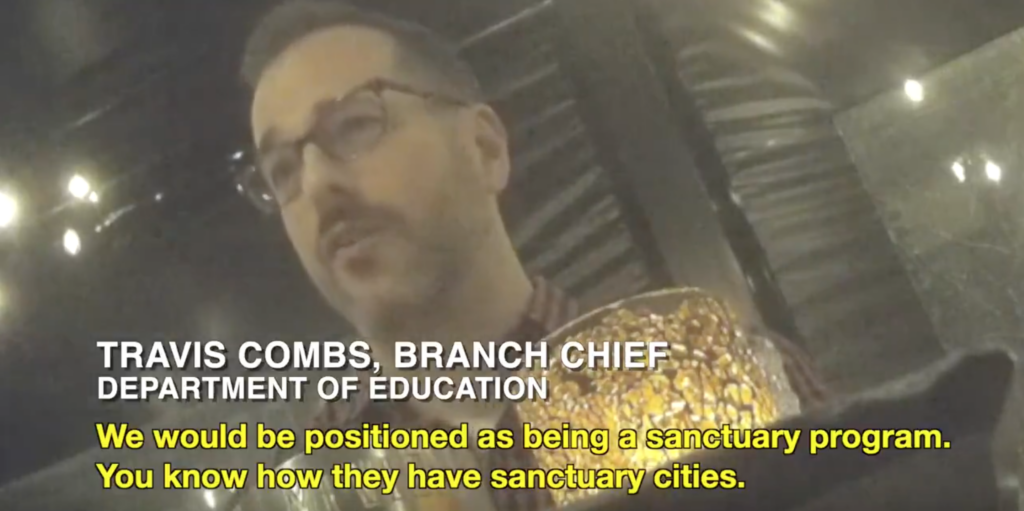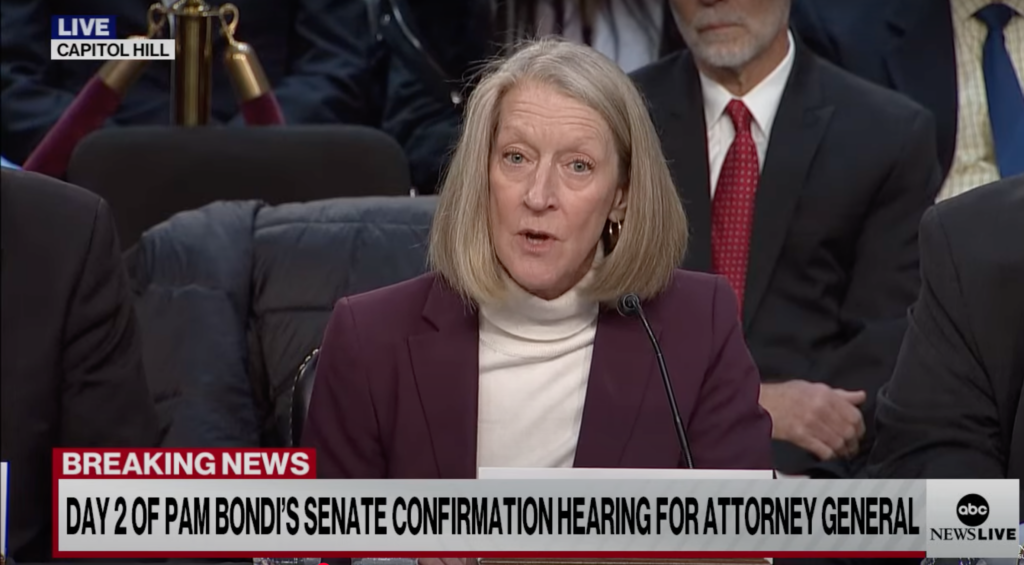BRICS Bloc May Expand as 19 Nations Request Membership, Official Reveals
Get ready for some exciting news! With only a few weeks left until South Africa hosts the annual two-day summit of BRICS nations in June, it has been revealed that many countries are eager to join the bloc of emerging-market states.
BRICS is made up of five countries—Brazil, Russia, India, China, and South Africa—with prominent emerging market economies.
Anil Sooklal, South Africa’s ambassador to the organization, confirmed to Bloomberg on April 24 that 19 nations have expressed interest in joining.
“What will be discussed is the expansion of BRICS and the modalities of how this will happen,” Sooklal said. “Thirteen countries have formally asked to join, and another six have asked informally. We are getting applications to join every day.”
In February, Sooklal told the business news network that there had been “over a dozen countries that have knocked on the door.” This included Iran and Saudi Arabia, who made formal submissions for entry.
Russian Foreign Minister Sergey Lavrov also confirmed that a dozen nations expressed interest in joining BRICS earlier this year, including Bangladesh, Mexico, Turkey, the United Arab Emirates, and Venezuela.
Since last year’s meeting, there has been some debate about expanding the economic alliance.
China proposed growing the number of BRICS countries, arguing that it would enhance its diplomatic power. However, some members oppose this proposal, fearing that additional nations would dilute their influence.
The last time the bloc added a member was in 2006, when it allowed South Africa to join.
Argentina has ostensibly been one of the interested parties.
Argentine Ambassador to China Sabino Vaca Narvaja recently met with former Brazilian President Dilma Rousseff and Chinese Foreign Minister Qin Gang about gaining entry into the BRICS Development Bank, also known as the New Development Bank.
“As [Brazilian President Luiz Inacio Lula da Silva] said during his recent visit to China, why can’t we trade backed by our currency? I think institutions like the NDB help us to think differently, and meeting with Dilma was a great help in that sense,” Vaca Narvaja said at an April 21 forum in Shanghai, according to local media reports.
Russian President Vladimir Putin and Saudi Crown Prince Mohammed bin Salman Al Saud also spoke about several issues in an April 21 phone call, including “prospects for cooperation” between the BRICS and Riyadh, Russian news agency Tass reported.
The State of BRICS Today
In a March 26 paper published in the journal Global Policy, Jim O’Neill, the former chief economist at Goldman Sachs, recommended the bloc bolstering the coalition. However, he also suggested that the pact adheres to the initial and primary criteria of promising economies and large populations.
O’Neill argued that the U.S. dollar maintains “a far too dominant role in global finance,” and an enhanced BRICS arrangement could enable the creation of a multicurrency international financial system.
According to data from Acorn Macro Consulting, BRICS states have surpassed their G7 counterparts in global GDP when calculating purchasing power parity (the prices of goods and services in different countries).
The International Monetary Fund’s (IMF) recent World Economic Outlook (WEO) also highlighted that the real GDP growth rate would be more robust for many emerging and developing markets than for advanced economies in 2023 and 2024.
This year, China and India are projected to grow 5.2 percent and 5.9 percent, respectively. By comparison, the United States and Euro Area are forecast to expand by 1.6 percent and 0.8 percent, respectively, in 2023.
Experts contend that the increasing might of BRICS could allow the bloc to establish a currency. One o
" Conservative News Daily does not always share or support the views and opinions expressed here; they are just those of the writer."





Now loading...